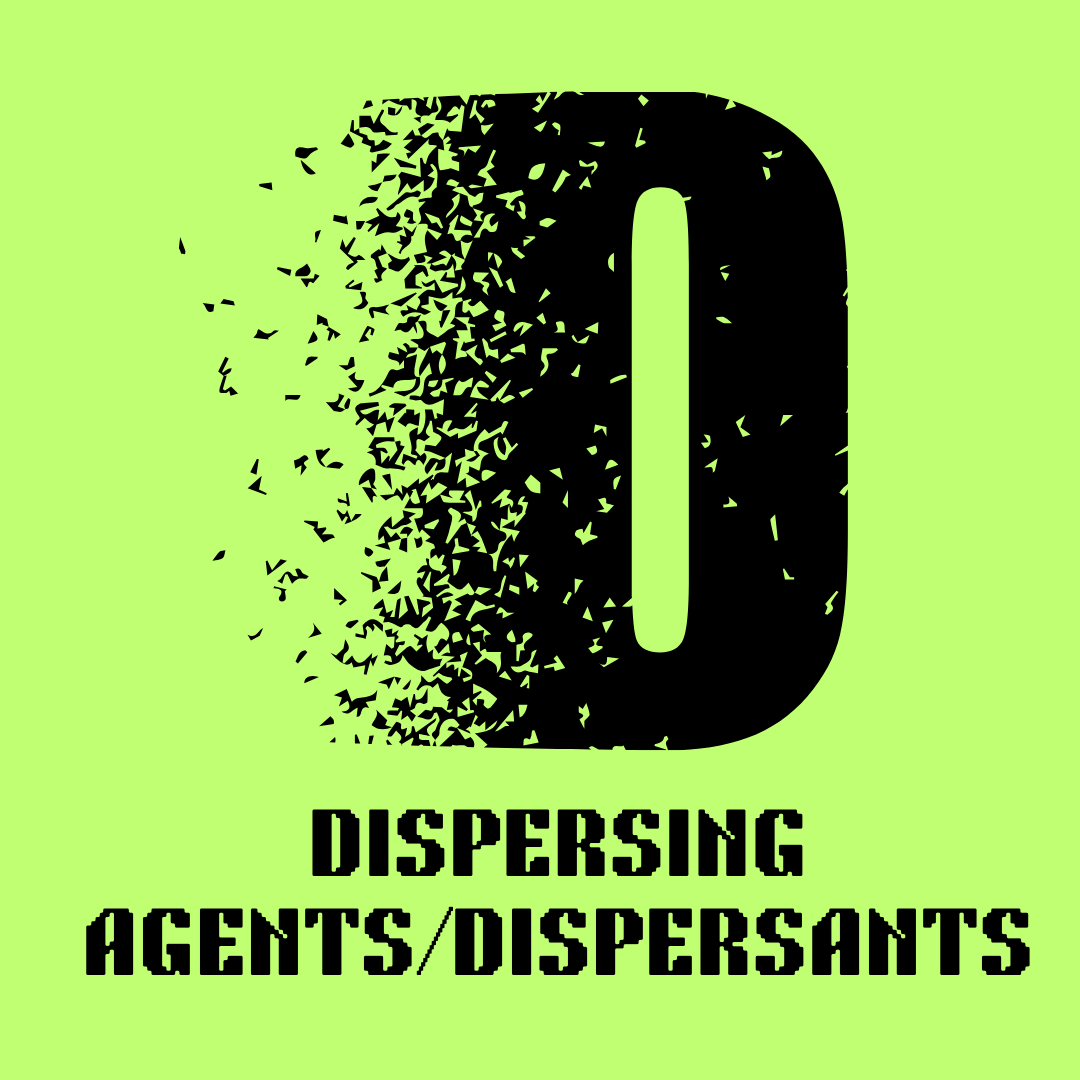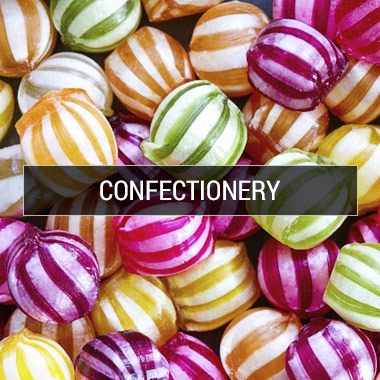
DISPERSING AGENTS/DISPERSANTS
August 04, 2025 · Remya V G
What Are Dispersing Agents?
Dispersing Agents, also known as Dispersants are substances or chemicals that are used to improve the dispersion or uniform distribution of particles in a medium, typically a liquid. The primary goal of dispersants is to prevent agglomeration or clumping of particles, enabling them to remain stably dispersed throughout the medium. Dispersants find applications in various industries, including paints, inks, coatings, textile dyeing and more.
.jpg)
What Are The Key Functions Of Dispersing Agents?
Dispersing agents, also known as dispersants or dispersing aids, serve several essential functions in various industries where the dispersion of particles in a liquid medium is crucial. Here are the key functions of dispersing agents:
1. Particle Dispersion: The primary function of a dispersing agent is to promote the even distribution of solid particles within a liquid. This prevents the particles from agglomerating or settling, ensuring a stable and uniform dispersion.
2. Prevention of Agglomeration: Dispersing agents disrupt the attractive forces between particles, preventing them from clumping together or forming aggregates. This is particularly important in industries where the formation of agglomerates could hinder processes or product performance.
3. Reduction of Surface Tension: Dispersing agents often reduce the surface tension of the liquid medium. By lowering surface tension, they improve wetting and spreading, enabling better contact between the liquid and solid particles.
4. Improved Stability: Dispersing agents contribute to the stability of suspensions or emulsions by preventing phase separation. This stability is crucial in applications such as paints, inks and pharmaceutical formulations.
5. Enhanced Reactivity: In industries where chemical reactions occur in a liquid phase, dispersing agents can enhance reactivity by ensuring a more uniform distribution of reactants. This is common in areas like chemical synthesis and polymerization processes.
6. Facilitation of Mixing: Dispersing agents aid in the efficient mixing of different components within a liquid. This is essential in industries such as cosmetics, where consistent mixing of ingredients is necessary for product quality.
7. Prevention of Sedimentation: Dispersing agents play a crucial role in preventing the sedimentation of solid particles in suspensions. This is especially important in industries such as wastewater treatment, where maintaining particle suspension is vital for effective treatment processes.
8. Facilitation of Dyeing Processes: In the textile industry, dispersing agents are used to aid in the dispersion of dyes, ensuring even color distribution during dyeing processes.
Overall, dispersing agents contribute to process efficiency, product quality and environmental sustainability in a wide range of industries. Their multifunctional nature makes them indispensable in applications where particle dispersion is a critical factor.
Types of Dispersing Agents
Dispersing agents are broadly classified into the following categories:
1. Polymer Dispersants
These are high-molecular-weight dispersants that provide steric stabilization to particles. They are widely used in paints, coatings, and ink formulations.
2. Surfactant-Based Dispersants
These contain hydrophilic and hydrophobic components, making them effective in emulsification and stabilization of suspensions. They are commonly used in cosmetics and pharmaceuticals.
3. Electrostatic Dispersants
These dispersants work by inducing a charge on the surface of the particles, preventing them from clumping together. They are effective in water-based systems such as agrochemicals and wastewater treatment.
4. Hybrid Dispersants
These combine steric and electrostatic stabilization mechanisms, offering superior performance in highly concentrated suspensions.
Applications of Dispersing Agents
1. Paints and Coatings
Dispersing agents are essential in paints and coatings to ensure uniform pigment distribution, preventing clumping and sedimentation. They enhance color strength, gloss, and durability.
2. Pharmaceuticals
In drug formulations, dispersing agents aid in the even distribution of active ingredients, improving drug stability and bioavailability.
3. Agriculture (Pesticides & Fertilizers)
Dispersants in agrochemicals help in the effective mixing of pesticides, herbicides, and fertilizers, ensuring better coverage and absorption by plants.
4. Cosmetics and Personal Care
Used in lotions, creams, and shampoos, dispersing agents help in stabilizing ingredients, providing a smooth and consistent texture.
5. Oil & Gas Industry
In drilling fluids, dispersants prevent solid particles from clumping together, ensuring smooth drilling operations and reducing equipment wear.
6. Concrete and Construction
In concrete mixtures, dispersing agents improve the workability of cement by reducing water content, leading to stronger and more durable structures.
Reference : https://textilelearner.net/dispersing-agent-functions/#google_vignette
Quick Enquiry
To know more about Associated Chemicals feel free to send a message
 Our Sister Concerns
Our Sister Concerns 


Usefull Links
Get In Touch
Assochem Chambers, Bypass, Edapally,
Kochi-682024, Kerala, India.
Phones : +91 9495999349, +91 9388610189, +91 484 2339190, +91 484 2348028
E-mail : nsn@assochem.in, marketing@assochem.in, mail@assochem.in
Support

















